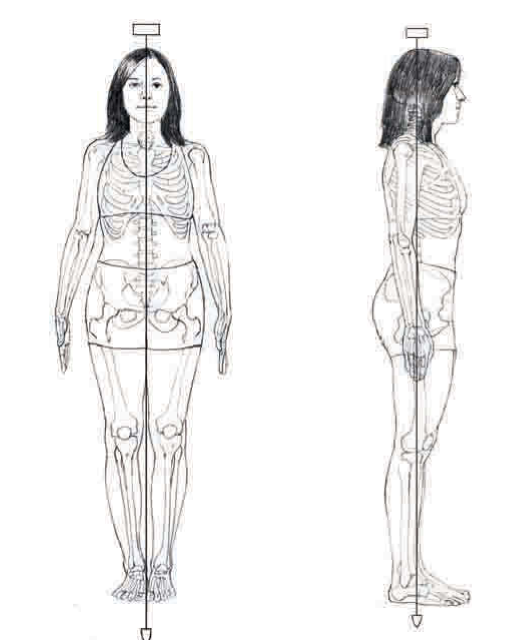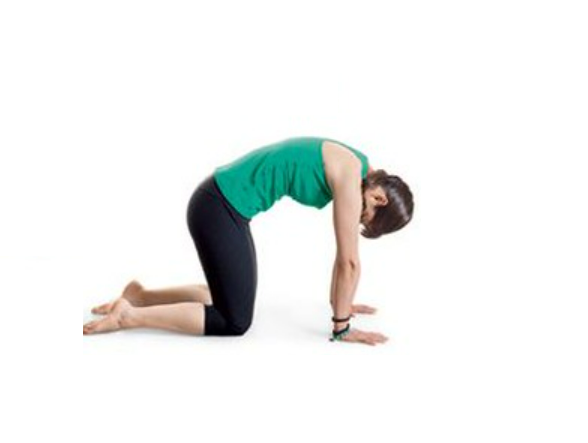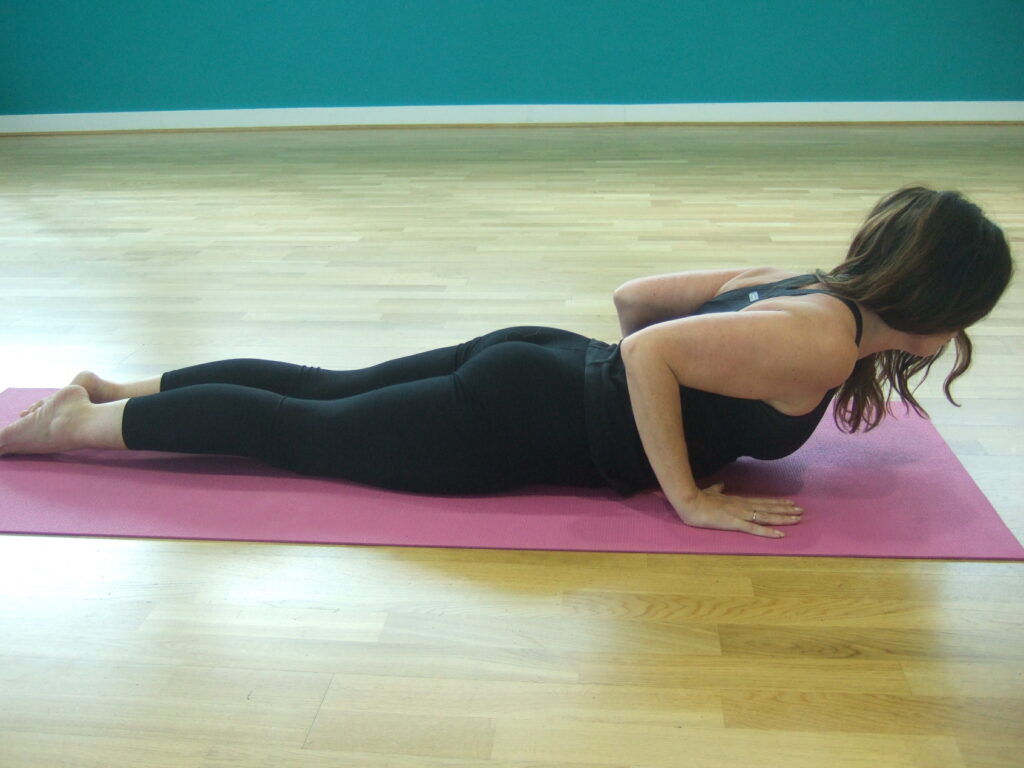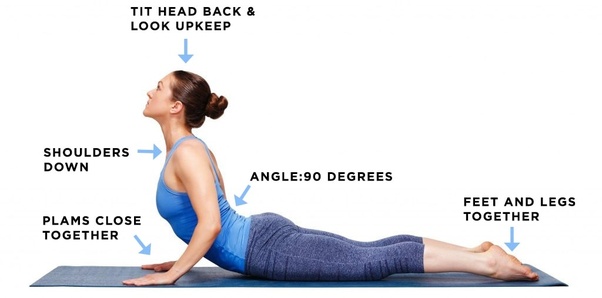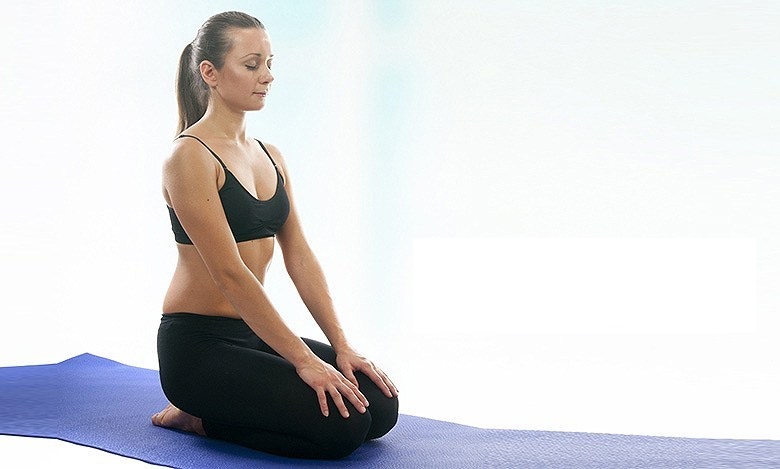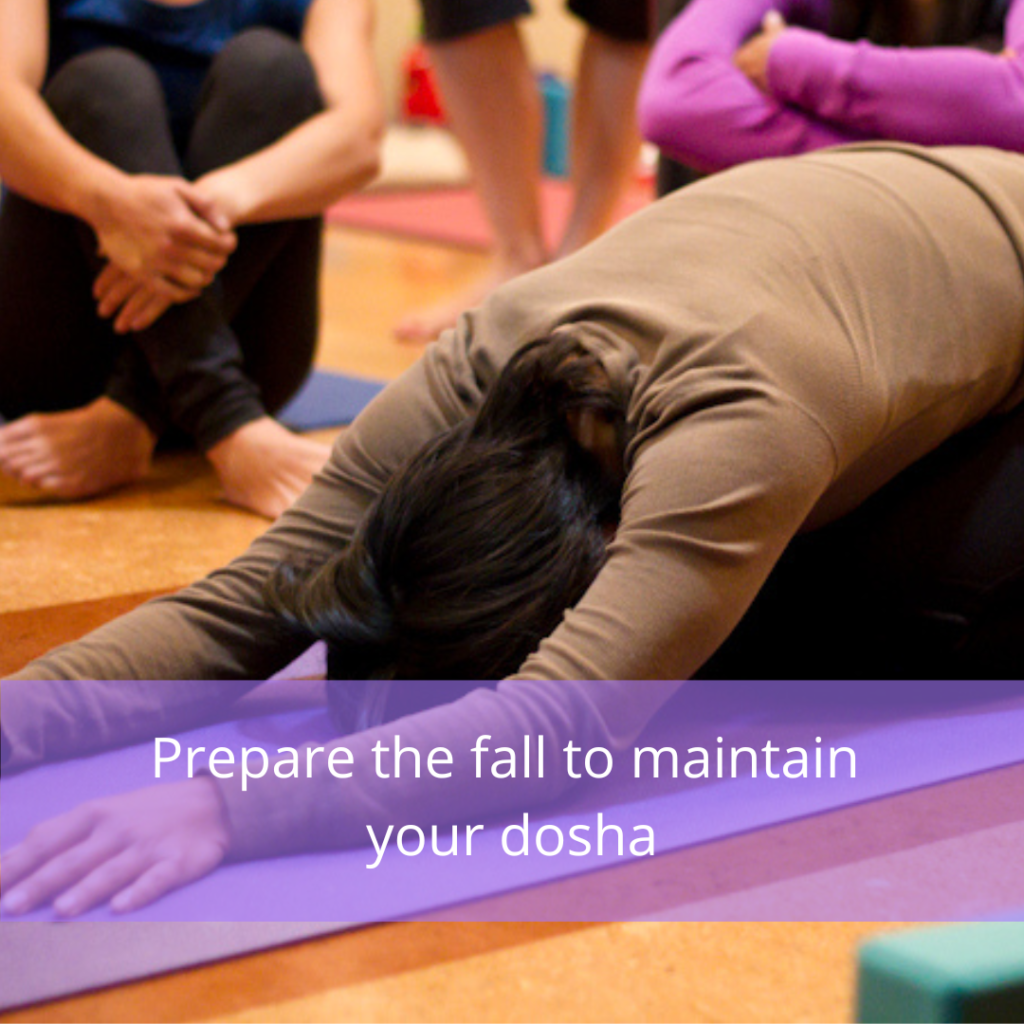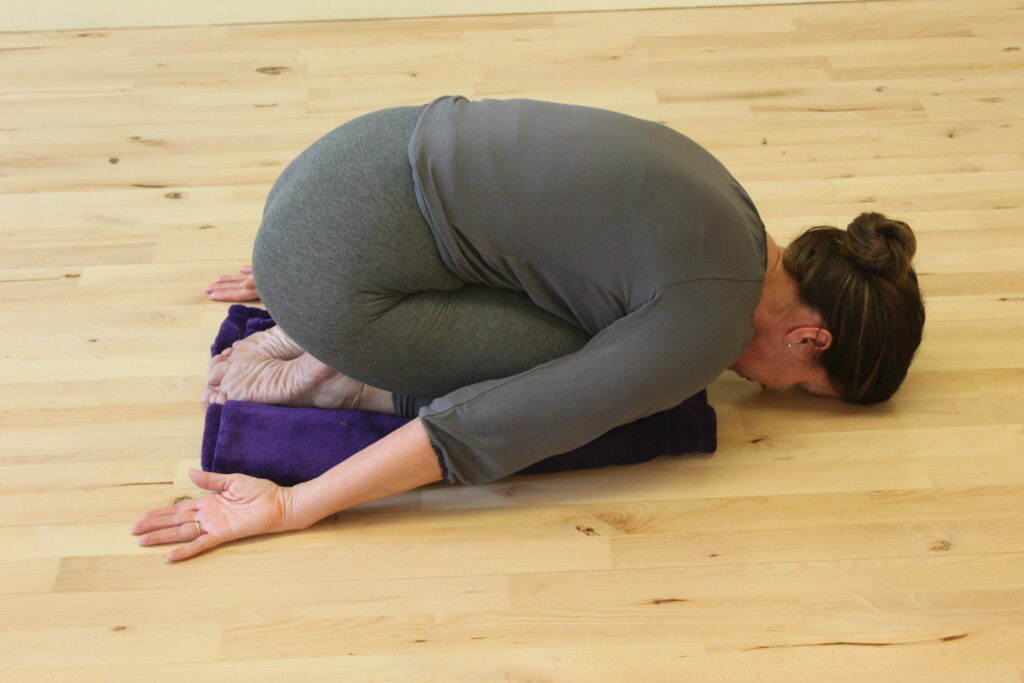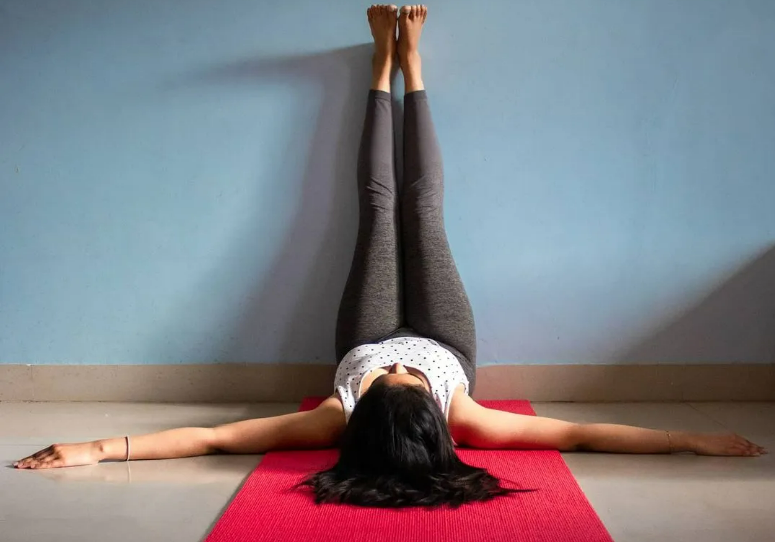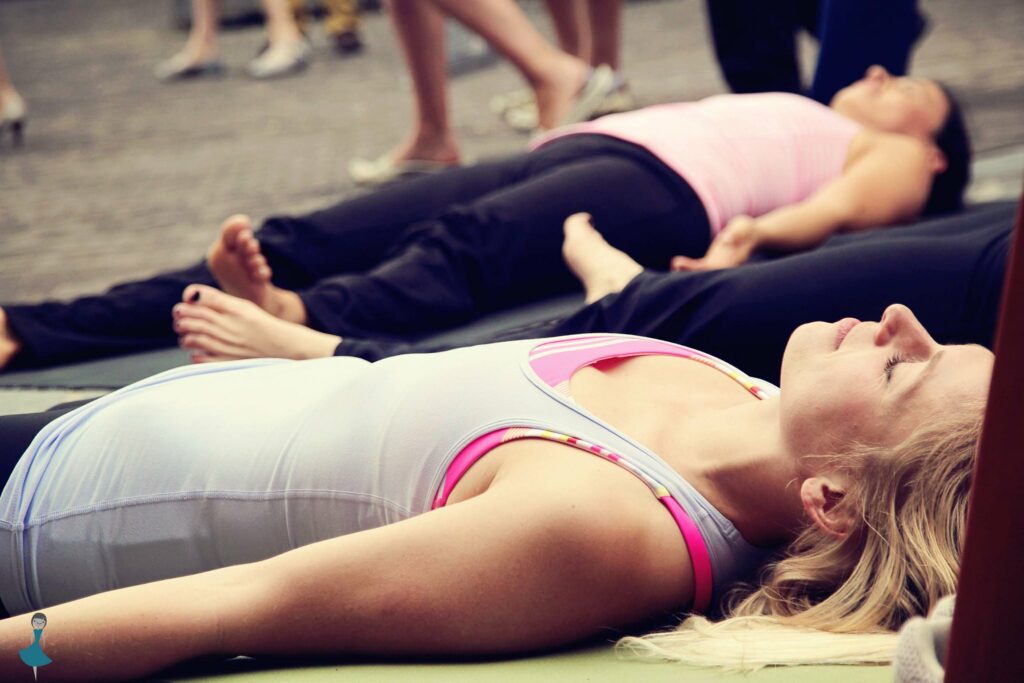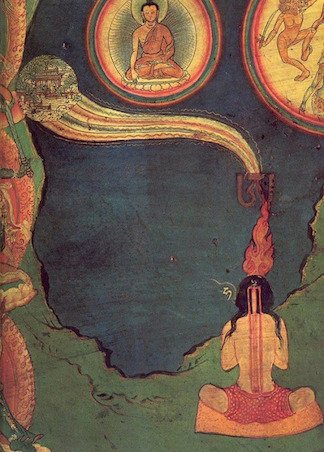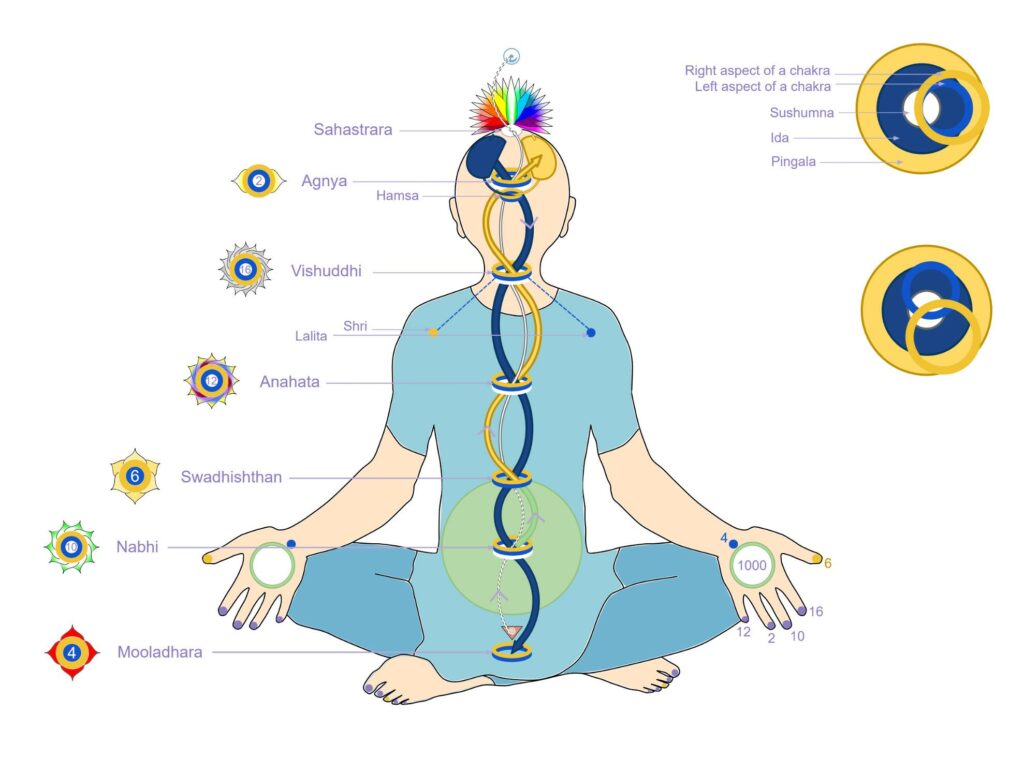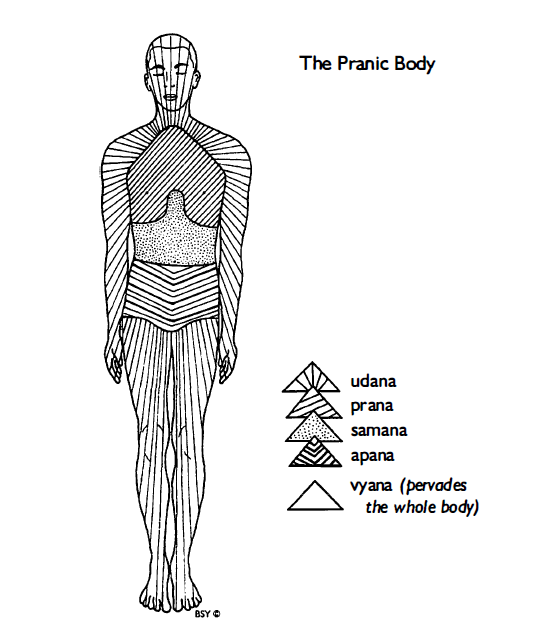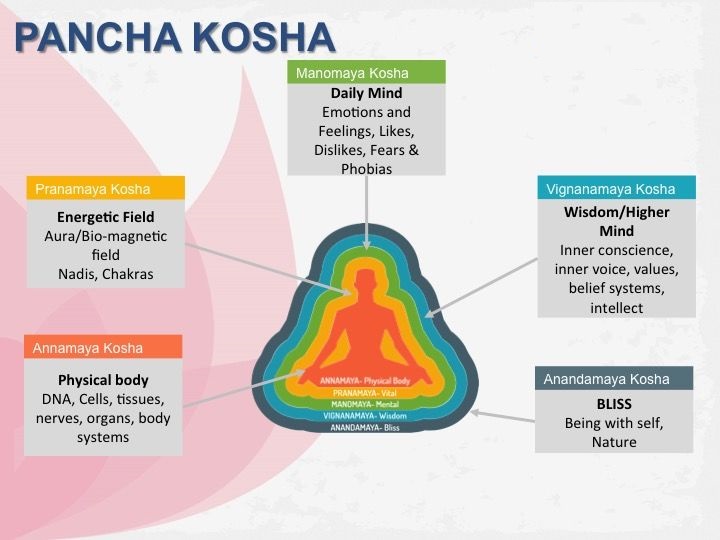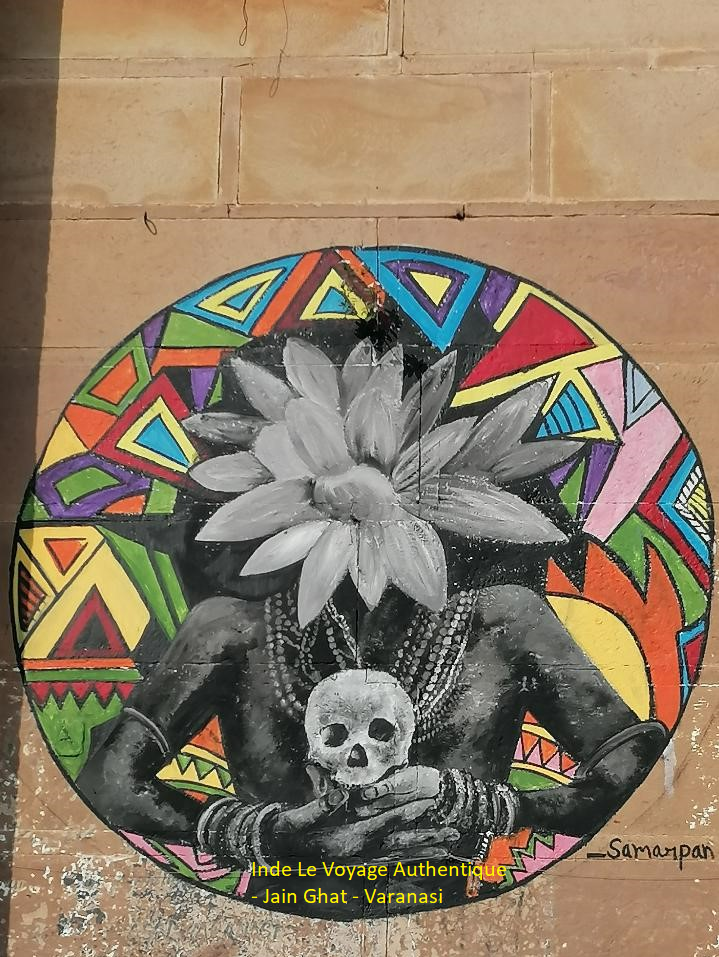So what is Hatha Yoga fo real? That’s what they don’t tell you in the West, or take the time to explain to you because everyone is running around and doing Hatha as a physical exercise.


Hatha is not just the physical expression of the body.
With the physical practice of yoga, you cannot benefit from its benefits because you are not taught it in the right way.
Maybe also that people are not ready to listen to it because it calls our spiritual and physical part, yet these last 2 are inseparable, whether we like it or not.
This spiritual part is also the energy in us and that which surrounds us and this energy which surrounds us is part of us.
Why do we say “today I have no energy”, it is because we feel our level of vitality and yet it is not palpable is it?
Hatha yoga purifies
In order to purify the mind, it is necessary for the body as a whole to undergo a complete purification process.
Hatha yoga, in its traditional practice, is the science of purification, not just one type of purification but 6 different impurities.
When you rid the body of these impurities, the nadis* function and the different pranas* are released. Then they travel as wave frequencies through the channels of the physical structure (nadis), traveling to the brain.
*- Nadis: channels through which, in traditional Indian medicine and spiritual theory, the energies such as prana of the physical body, the subtle body and the causal body are said to flow)
*Prana: considered as a life-giving force. Prana is seen as a universal energy which flows in currents in and around the body.
Yoga has proven to be very effective in the treatment of many diseases such as diabetes, hypertension, anxiety, depression, back pain, schizophrenia, migraines, hormonal imbalances, low back pain…
Hatha yoga balances
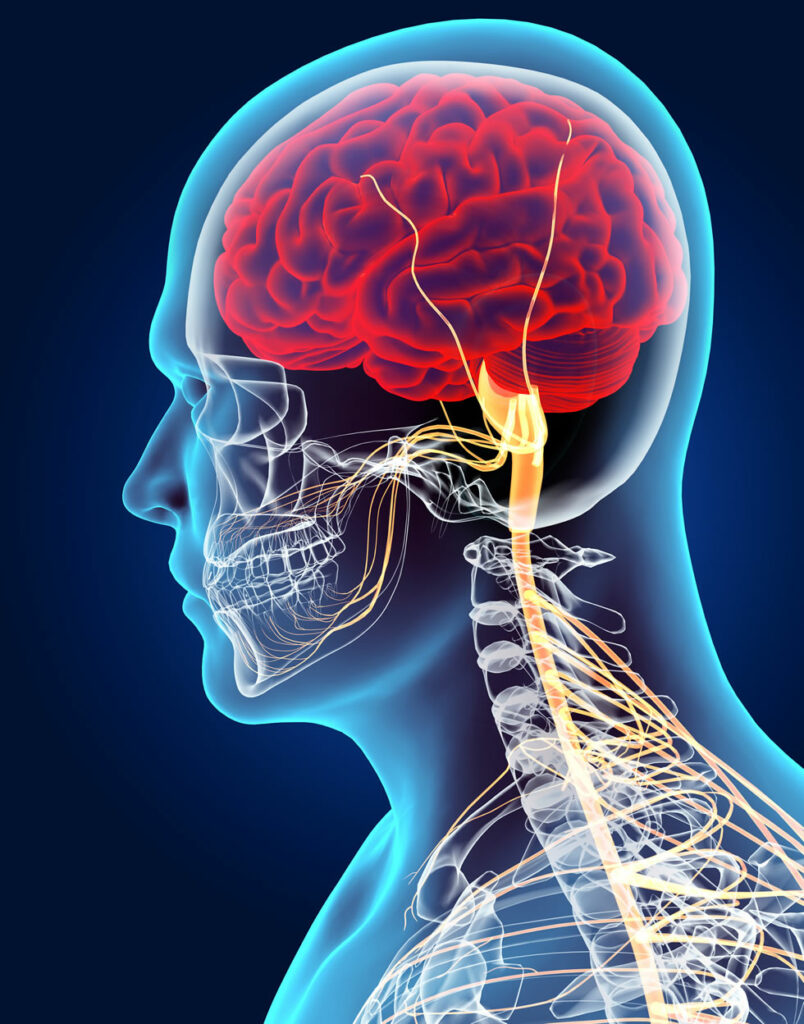

The main objective of hatha yoga is to create an interaction: it is to find the absolute balance between the activities and the processes of the physical body, the spirit and the energy.
When this balance is created, the impulses generated call for the awakening of the central force, sushumna nadi, responsible for the evolution of human consciousness.
And if hatha yoga is not used for this purpose, its true purpose is lost.
The meaning of Hatha Yoga
Hatha is done by “Ha” and “Tha”, a combination of 2 bija mantras.
“Ha represents prana (life force) and the sun, heating.
“Tha” represents the spirit, and also our lunar, cooling side.
It refers to the balance of the masculine aspects: active, warm, solar, and feminine: receptive, fresh, lunar, present in each of us.
So Hatha means the union of pranic and mental forces.
Aparte…
What happens internally every time you start thinking?
If you’ve never thought about it, start thinking now.
What is thought?
What happens in us when a thought arises and the thought diminishes, and when one is replaced by another, or when the thoughts intersect?
This is called the interaction between Ha and tha, prana and mental forces.
What is Hatha Yoga: harmonizing prana and mind
In hatha yoga there is the concept of harmonizing the two energies, as they normally remain in an unbalanced and unharmonized form.
The prana force can be predominant and the mental force can be subordinate and vice versa.
If the force of prana is too great then people develop psychic disorders orillnesses, when the spirit is too high people get angry, quarrel, create conflicts, even cause murders, crimes, all kinds of violent behavior. This is the effect of imbalance.
The concept of Hatha yoga is to bring harmony between these 2 forces called ida (nadis) and pingala.
Ida and pingala
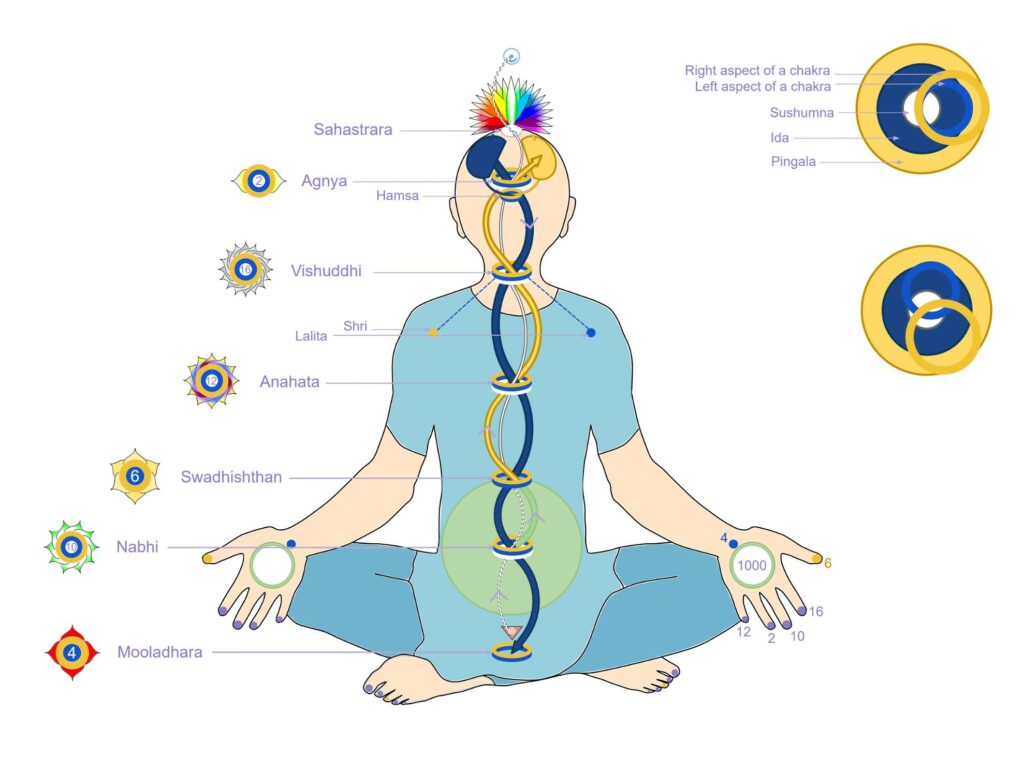

In hatha yoga, union means the union of the two energetic forces of the body, that is to say the pranic and mental energy circulating in the ida and pingala nadis, as said before.
Usually these two forces do not act simultaneously because either the mental force predominates or the vital energy is dominant.
Hatha yoga is the process of balancing the flow of these two forces to bring about perfect physical and mental balance as well as the awakening of sushumna and kundalini.
All branches of yoga unite these two energies and channel them through the third nadi, sushumna.
The three main nadis
The three main nadis: ida, pingala and sushumna, end with the ajna chakra, the psychic center located in the region of the medulla oblongata and the pineal gland.
Through the practice of yoga, ida and pingala are balanced, sushumna is activated and ajna chakra is awakened.
Ida is connected to the left nostril and the right hemisphere of the brain.
Pingala is connected to the right nostril and the left hemisphere of the brain.
In the same way that the right hemisphere governs the left side of the body, at the pranic level ida also controls the functions of the left side of the body.
Pingala and the left hemisphere govern the right side of the body.
Just as the cerebral hemispheres and nostrils alternate their functioning in a ninety-minute cycle, so do ida and pingala.
Ida and the right hemisphere activate an introverted state of consciousness: orientation in space, artistic, creative and musical ability.
Conversely, pingala and the left hemisphere externalize consciousness.
Your approach becomes logical, sequential, mathematical and analytical.
Ida nadi controls subconscious activities, while pingala is responsible for conscious and dynamic functions.
When these forces are balanced and working simultaneously, both nostrils are active. This indicates that sushumna nadi is working.
Small test: position your index finger below your nostrils: do you feel the flow of air coming out of one nostril greater than the other or is the flow of air coming out of your nostrils equal for both?
Cycle Length
Usually this happens for one to four minutes between each ninety minute cycle.
The object of hatha yoga practice is to increase the duration and flow of sushumna and the period during which both nostrils flow simultaneously so that a balance is created in physical and mental functions.
When the mind and body do not work in harmony, there is a split between physical and mental rhythms, which inevitably leads eventually to disease.
You should always keep in mind that body, mind and soul are not 3, they are 1.
At some level of existence you see the body.
On another level, you perceive it as a spirit.
You should never regard the body as different from the mind.
To achieve this: the shatkarmas
In hatha yoga, we first take care of the body and purify it through 6 methods. The most important point is that the nadis must be purified.
Just as a machine produces waste, our body continually produces wastes. This waste is of 3 types: mucus, gas and acidity.
If we cleanse the body internally from time to time, the excesses of the 3 wastes products are eliminated and their formation is regulated and balanced. Then good health can be maintained.
It is in this sense that the shatkarmas are of very great importance. Cleansing the body of the 3 types of imbalance in the system is an important aspect of hatha yoga and therapy.
These 6 hatha yoga kriyas (neti, dhauti, basti, kapalbhati, nauli and trataka) are also necessary for spiritual aspirants.
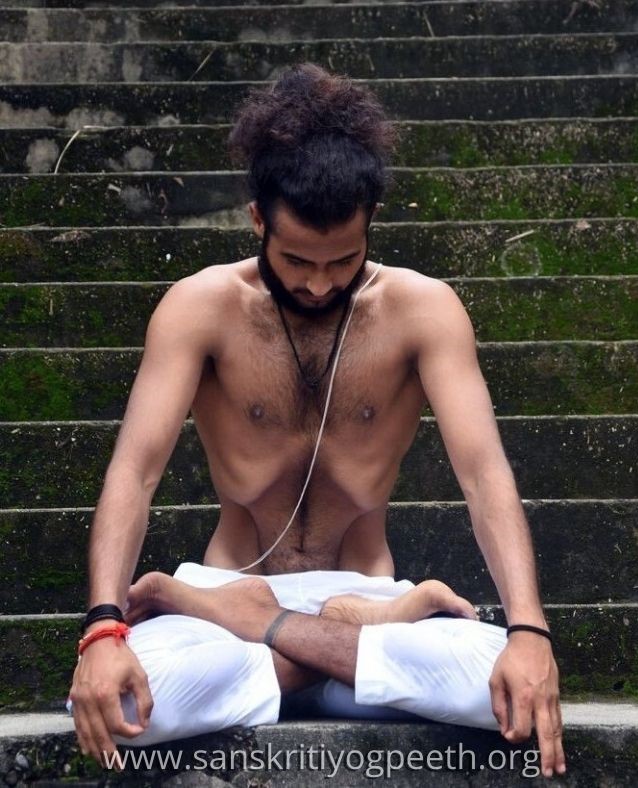

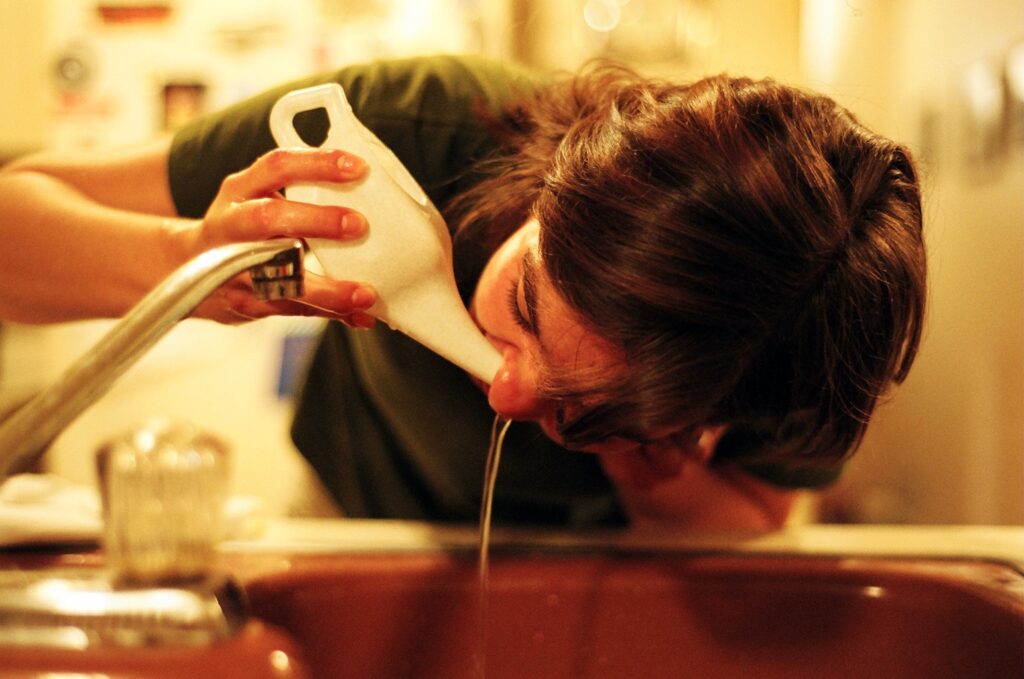

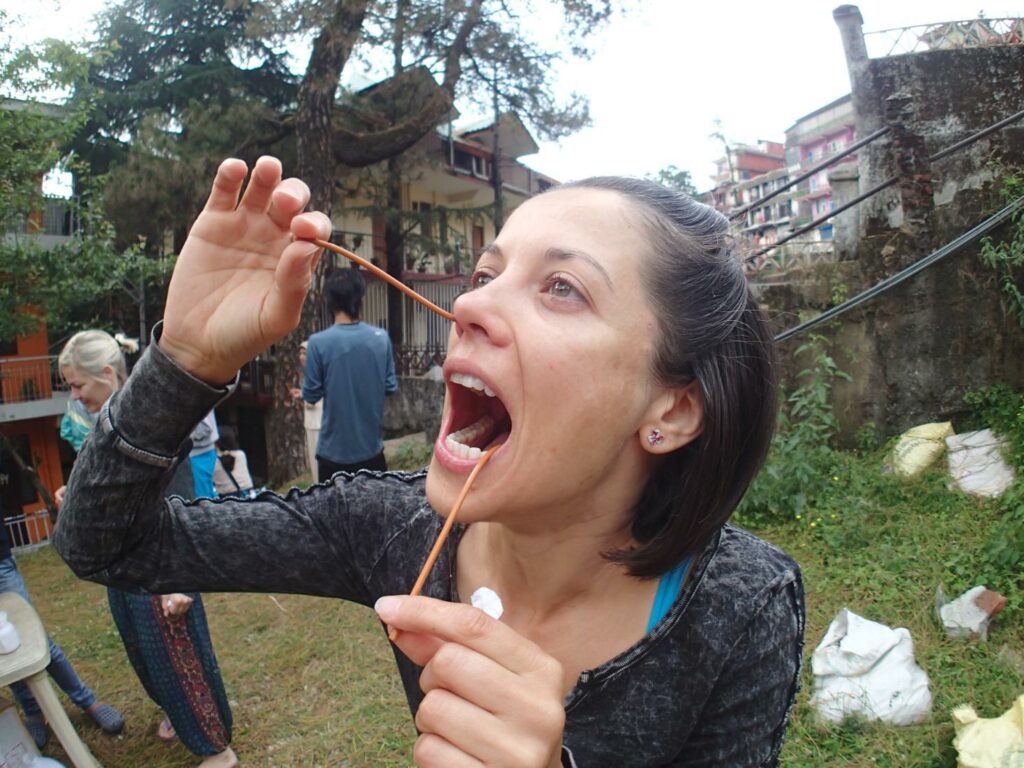

What is Hatha Yoga: controlling the mind by controlling prana
Indian philosophies were very aware of the difficulty of controlling the fluctuations of the mind.
She first defined the mental structure and then defined methods to relieve the monkey spirit.
Today our Western theories of personal, spiritual and psychological development have largely copied what had been defined centuries before in India.
The mind, you can handle it for a while, but you can’t always be successful all the time.
By controlling the prana (breath), the mind is automatically controlled. Prana and mind influence each other. When the prna are agitated, it affects the mind and vice versa.
Some people want to control the mind without wanting to control prana. Maybe a few people will do it, but most people of peace can’t control the mind with the mind. The more they try, the more the split grows.
Sometimes you are inspired. You feel very good, very focused, but this is not everyday practice… Practicing asanas and pranayama is the solution.
By practicing them, the mind is conquered automatically.
Hatha yoga is a very important health science. It is true that the practices require more involvement and effort from the patient than conventional therapies, but in terms of results, they are positive and permanent. It is healthier to save the huge expense of drugs, and these practices are certainly more worthwhile than damaging the body with chemicals that could be avoided for many symptoms and illnesses.
Unification Method
What makes this method of treatment so powerful and effective is that it works on the principle of harmony and unification, rather than diversity.
The 3 important principles on which physical and mental therapy are based are:
1. bestow absolute health on a part or system of the body thus influencing the rest of the body
2. balance the pole of positive and negative energy. (ida and pingala, prana and apana)
3. purify the body of the 3 types of waste.
Physical and mental therapy is one of the most important achievements of hatha yoga, which has been successful in diseases like asthma, diabetes and blood pressure, epilepsy, hysteria, rheumatism and many more. other conditions of a chronic and constitutional nature.
What has been discovered recently is that asanas and pranayama are more powerful and effective in controlling the whole body.
These are the first steps that allow us not only to modify the mechanism of an element, but also to take control of the total structure of the brain and the mind, the control system that allows us to direct all aspects of our life and the energy in it.
What is Hatha Yoga: a therapeutic science
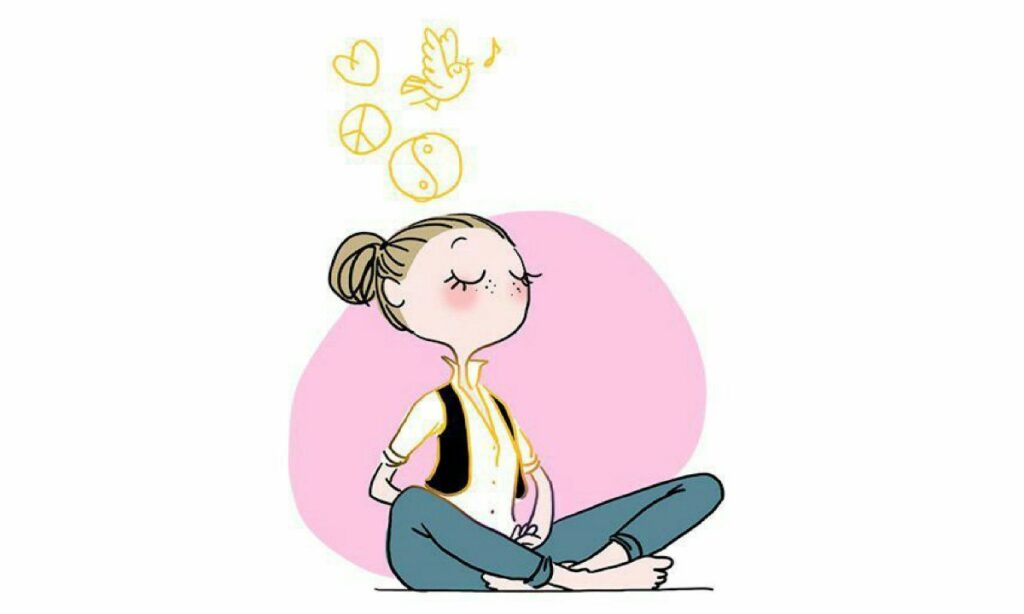

Over the past 40 years, Hatha yoga has been accepted as a therapeutic science all over the world and many scientific studies have been conducted in this field. Today we teach yoga to people because it is very necessary. The man fells ill and medical science alone cannot meet the challenge. Hatha yoga, however, helps everyone.
Behind every sick man there is a spiritual man, a diabetic a yogi, a man suffering from depression, there is a seeker.
Hatha yoga improves physical health, but not only is it not enough, it also improves mental health.
Conclusion
Many scientific studies have been conducted in this area.
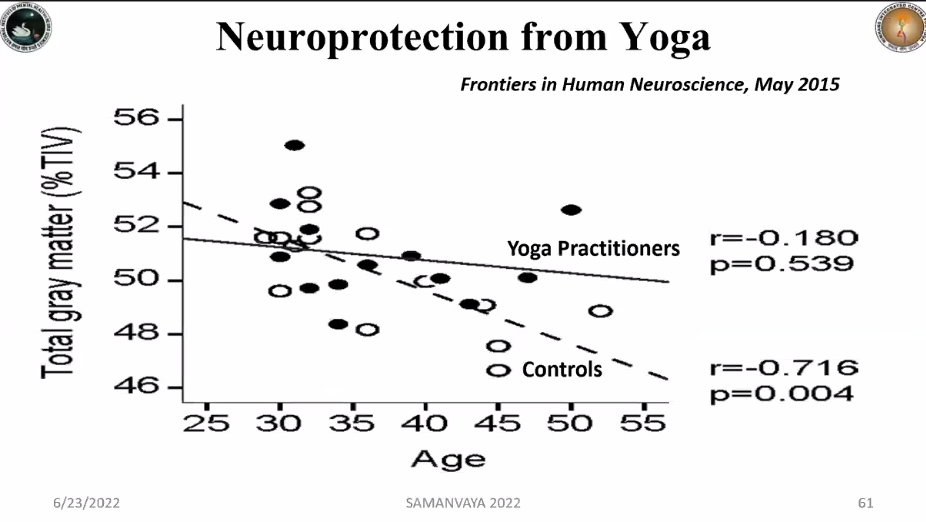

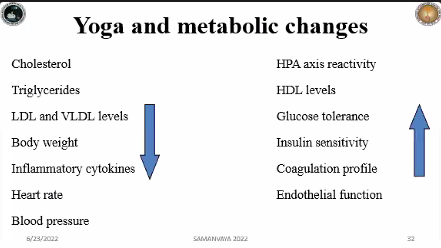

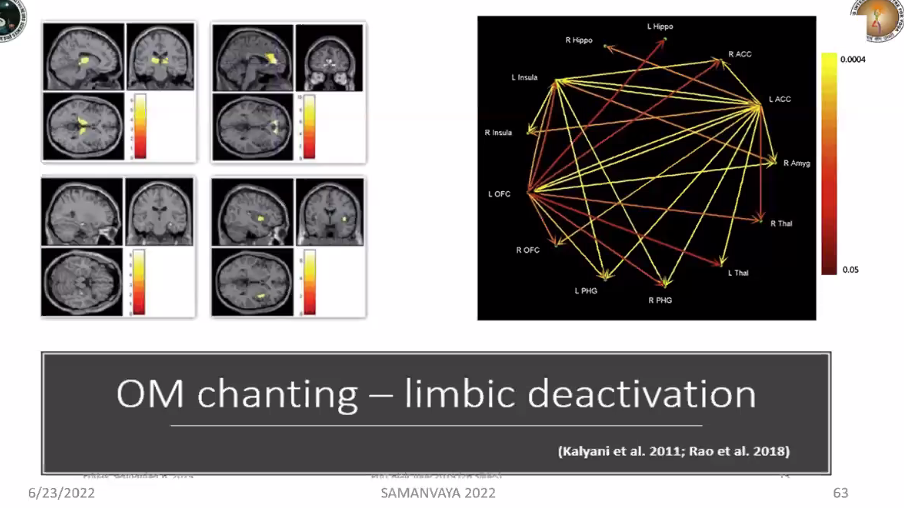

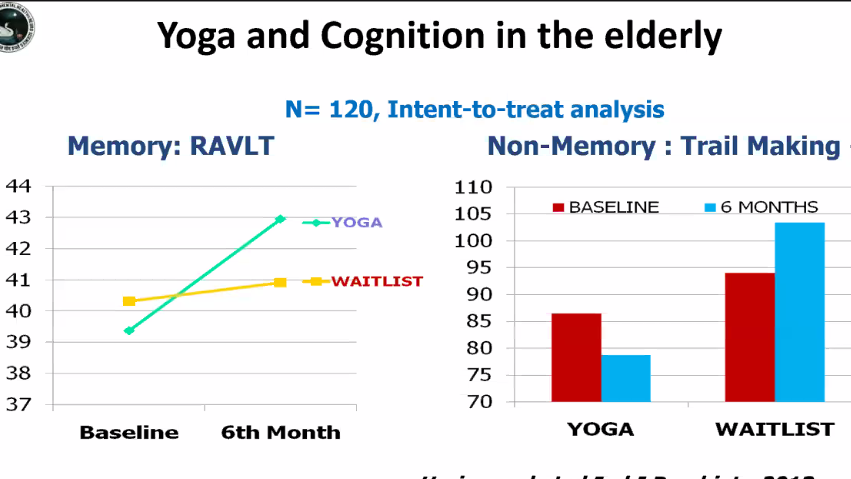

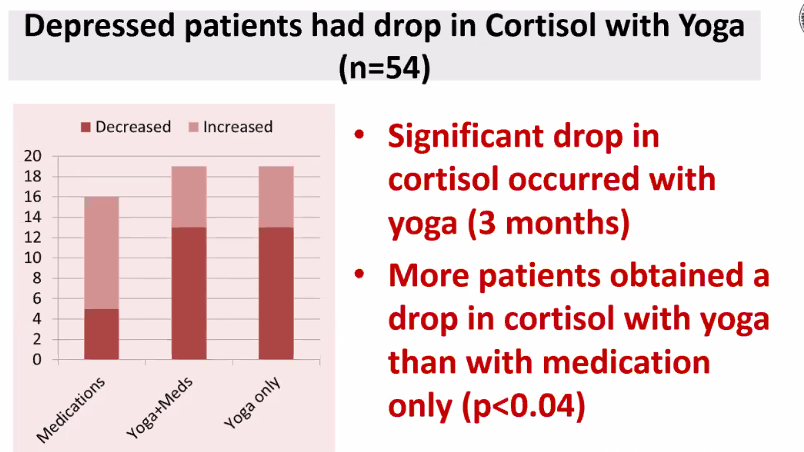

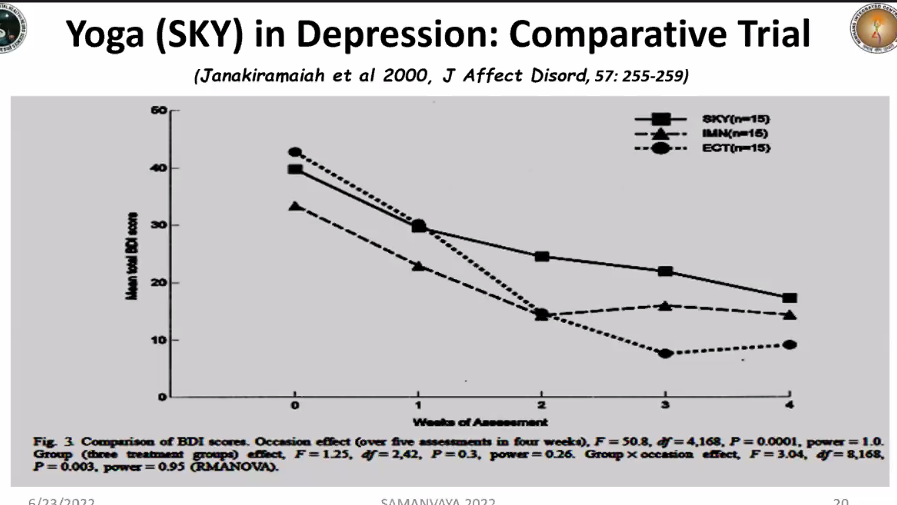

Source: Samanvaya 2022: conference on integrative medicine for Humanity and wellness.
Today, yoga is one of the integrated sciences in hospitals in the United States and now in various countries (Canada, New Zealand for example, etc.), because it allows improvement in coordination with health professionals. conventional medicine and improve the conditions of patients.
Or conversely, where conventional medicine fails, yoga improves the patient’s condition.
Yoga is a therapy that it is time to integrate more widely into health systems. There is no proof to give but scientific studies to read. They don’t cheat.
Today we teach yoga to people because it is more than necessary to improve our conditions.
The man has fallen ill and medical science is no longer able to meet the challenge alone.
Hatha yoga, however, has and does help everyone.
Hatha yoga is a great science that everyone can practice according to their own abilities.
Maybe not all the techniques because they require the presence of a teacher, but at least some can be practiced every day.
Hatha yoga techniques, along with asanas and some pranayama, are sufficient for most people.
It is necessary to practice these preparatory steps first.
Then you can go further. If the preparation is perfect, it will not be necessary to learn meditation from anyone because then it will be natural.
By practicing yoga your mind will be lifted into a new realm of awareness.
References
Exploring the Therapeutic Benefits of Pranayama (Yogic Breathing): A Systematic Review
Exploring the therapeutic effects of yoga and its ability to increase quality of life
Effects of various Praṇayama on cardiovascular and autonomic variables.


